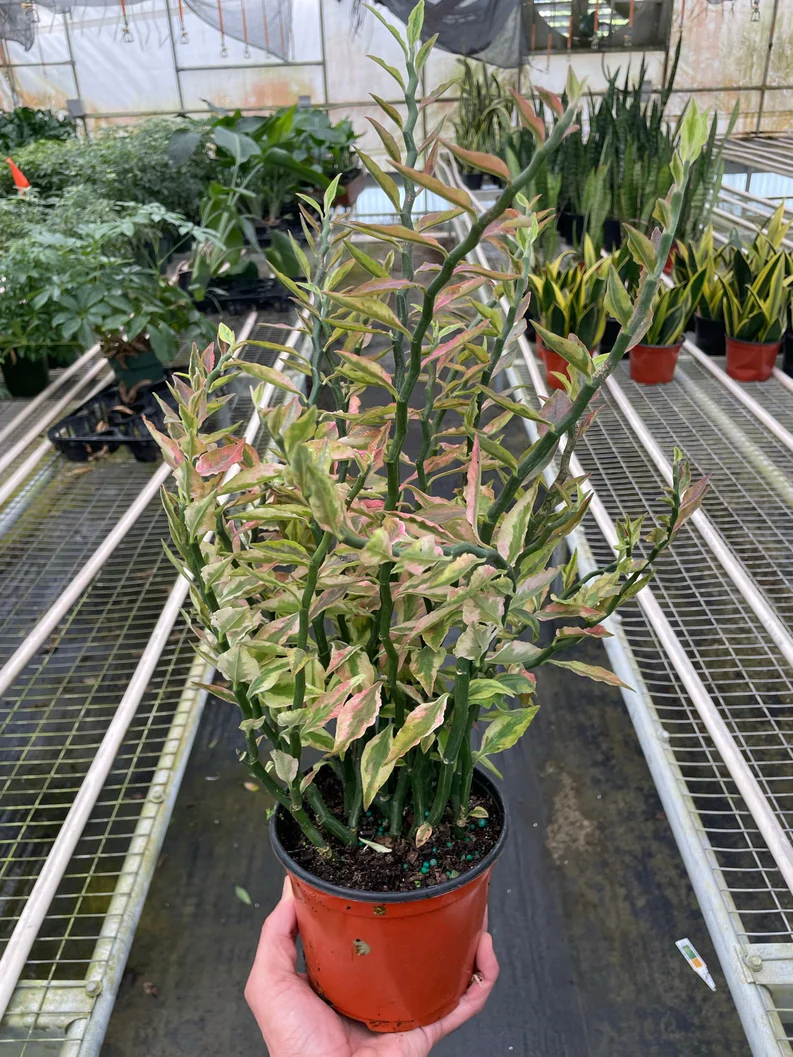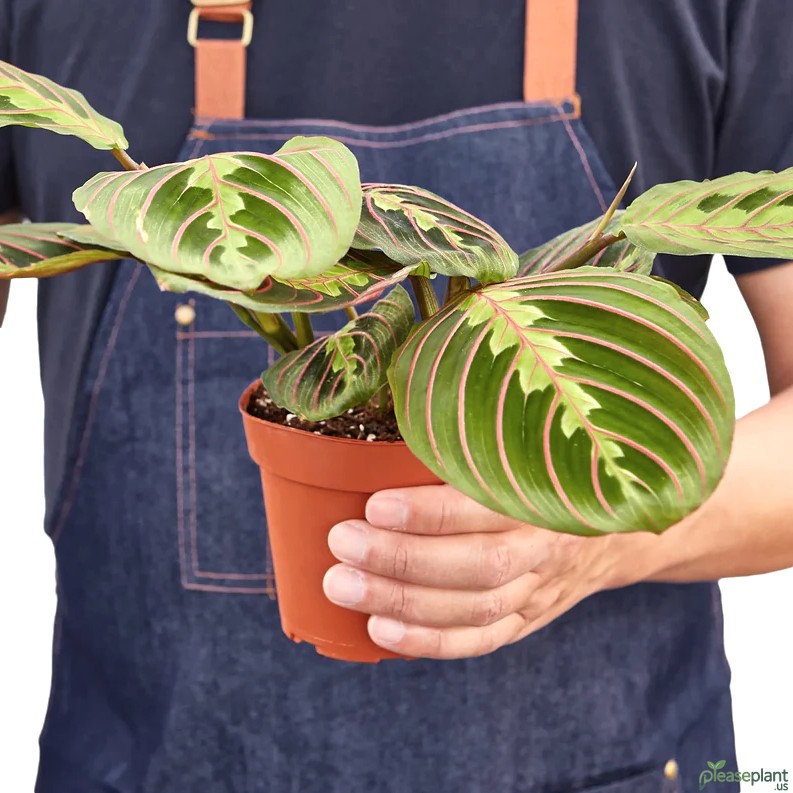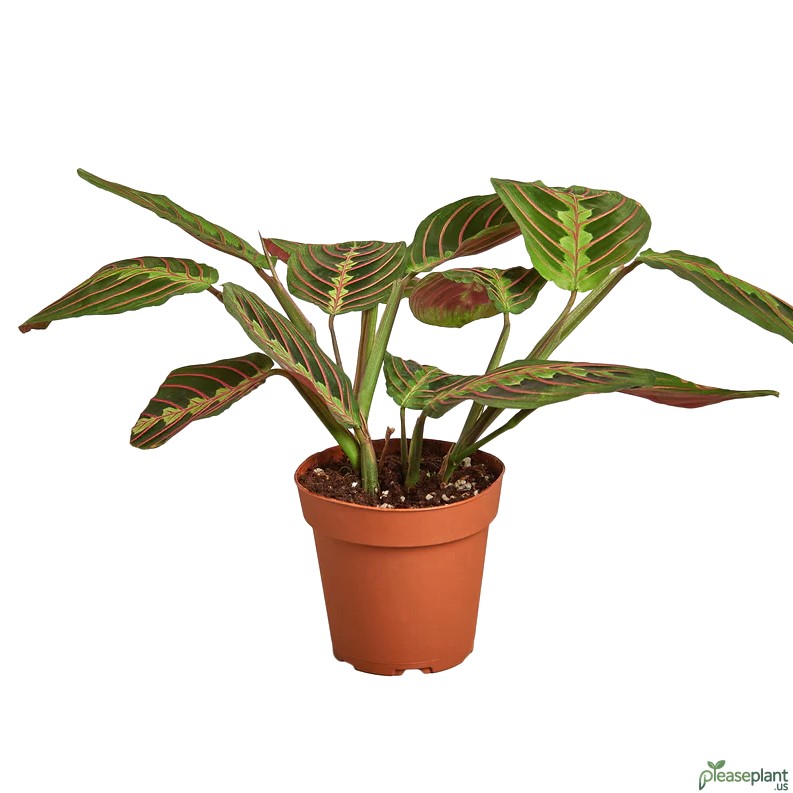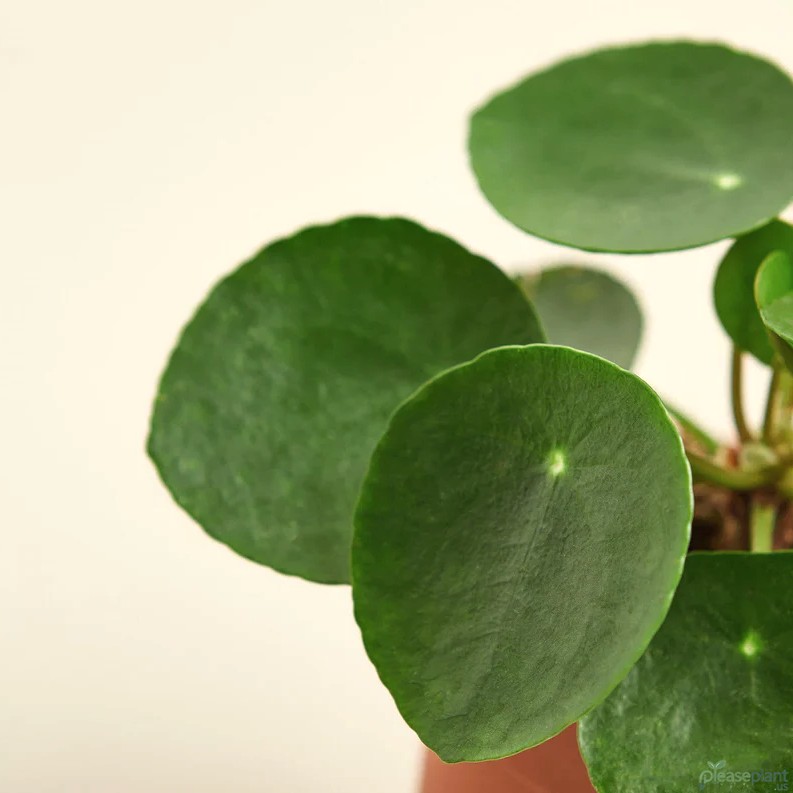Is the Variegated Devil's Backbone Euphorbia really lucky? This quirky plant, with its zig-zag stems and variegated leaves, carries more than just charm. From cultural meanings to practical benefits, and easy care tips, let's dive into the world of this unique succulent. Whether you’re a seasoned green thumb or just starting out, understanding the lore and love behind the Devil’s Backbone can boost your plant game and maybe even your luck!
Let Me Tell You About This Zig-Zag Wonder
The Variegated Devil's Backbone Euphorbia, often called the Zig-Zag Plant, has this funky, jagged stem pattern that looks like it was drawn by someone who couldn't sit still. It's not just a quirky houseplant, though. Many folks swear by its luck-bringing mojo. Now, luck with plants is a bit like chasing shadows, but hey, who doesn't want a little extra good fortune sprouting beside their window?
Is The Devil's Backbone Plant Lucky?
Word on the street and from some old gardening tales says yes! The zig-zag shape is thought to represent the ups and downs of life, and growing one means you’re ready to embrace both. In feng shui circles, it’s believed to bring positive energy and protection into your home. I had a mate once who named his plant Lucky, not just ‘cause of the lore but ’cause it survived his notorious black thumb for years. So, lucky or not, it’s definitely a survivor.
Benefits Of Having This Euphorbia Around
Aside from being a conversation starter with its striking variegated leaves and zig-zagged stems, this plant is low-maintenance and drought tolerant. It's perfect for forgetful plant parents or those with busy schedules. Plus, it adds a unique architectural vibe to any room, making it a great décor piece. The plant is also mildly toxic, so it keeps curious pets at bay, which is a win if you have a mischievous cat who thinks everything is a snack.
How To Care For Your Zig-Zag Euphorbia
Caring for the Variegated Devil's Backbone Euphorbia isn’t rocket science but there are a few things to keep in mind:
- Light: Loves bright, indirect sunlight. Too much direct sun and the leaves might scorch, which is a bummer.
- Water: Let the soil dry out completely between waterings. Overwatering is the number one killer here, trust me on this.
- Temperature: Prefers warmer spots; chilly drafts can stress it out.
- Soil: good drainage is a must. Think cactus or succulent mix, not muddy swamp.
I once left mine near a drafty window during winter, and it got all sad and droopy. Lesson learned, no more cold corners!
Final Thoughts On Your Lucky Zig-Zag Plant
So, is the Variegated Devil's Backbone Euphorbia lucky? It might just be. Whether it actually brings fortune or not, it definitely brings character and a splash of green happiness to your space. Plus, it’s super easy to care for, so even if your gardening skills are a bit rusty, this one’s a keeper. Give it some light, water it sparingly, and enjoy the zig-zag dance of its leaves as it grows. Maybe, just maybe, luck will follow.





